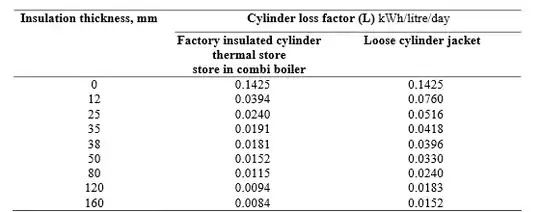In South Africa a "geyser" is a type of water heater that typically consists of a cylindrical water tank of 100 to 200 Litres capacity heated by an electric heating element of 2kW to 4kW capacity.
A geyser blanket is an insulator that is wrapped around a geyser to reduce wasted heat loss.
Insulating the outlet pipes makes sense since there will be heat losses there, but does insulating the whole geyser actually make any difference to your electricity bill if the geyser feels cold on the outside (in other words, the geyser is insulated by design)?
Geyser blankets are said to make significant savings:
-
A geyser blanket is proven to save up to 1 800kw/h per year! (depending on the size of your geyser)
-
Wrapping your geyser and hot water pipes with think pink aerolite or isotherm is a practical and efficient solution is to minimize thermal energy loss. The result will be a monthly electricity saving of up to 21 percent!
This 2006 article claims that a well-designed geyser doesn't need a geyser blanket:
This test indicates the energy losses incurred by an electric geyser over a 24-hour period. SunTank’s outstanding energy efficiency performance in this test gives hope that other industry players will follow the lead and save the water heating industry the embarrassment of having to retrofit geyser blankets. SunTank’s managing director Yoram Gur Arie says, “We have set certain integrity guidelines for the company that enable us to face customers with pride. How can anyone sell a new geyser and expect the customer to immediately pay additional fees for an installation of a geyser blanket in order to achieve the desired performance? I call on the geyser manufacturing industry to rewrite performance standards and regain some lost reputation.”
Assuming all modern geysers follow the same standards of being insulated by design, does a geyser blanket save the consumer any electricity?
